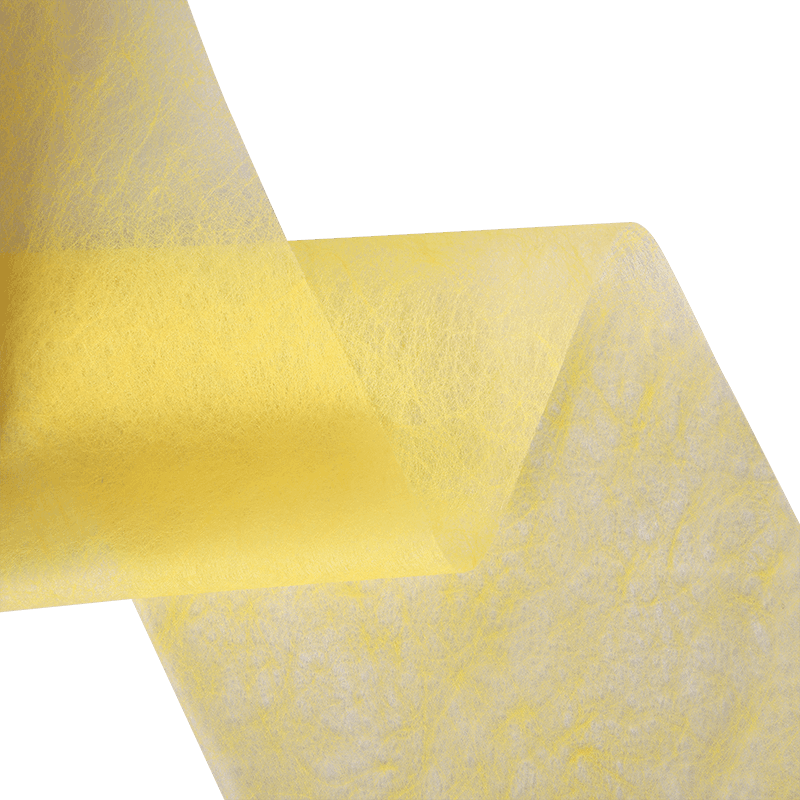Filmed Non-Woven Fabrics
Filmed Non-woven Fabrics are a popular choice for many types of applications. They are durable, flexible, and sound-deadening. Filmed non-wovens are also recyclable, making them an ideal choice for the environment. They are widely used in baby wipes, diapers, and other applications that require moisture-resistant, breathable fabric. Read on to learn more about the benefits of Filmed Non-woven Fabrics!
The most important feature of filmed nonwoven fabrics is their versatility. They can be blended with other nonwoven components to increase the absorbency of the material. Depending on the application, nonwoven components can be combined with SAP to increase the absorbency of the product. Because of their durability, woven non-wovens can penetrate a wide range of markets. They are also a great choice for many products because they are highly absorbent and durable.
In China, Filmed Non-woven fabric has been used for crop covering. The non-woven fabric, with its high shading ability, was used to cover cauliflower bulbs in the summertime and reduce radiation at night. Their low thermal conductivity also allows for easy recycling, making them a sustainable option for greenhouses. A major benefit of these products is their reduced cost. These fabrics are also great for greenhouses and insect-proofing.
Produced in a wide variety of production methods, filmed non-woven fabrics are more economical than traditional fabric forming processes. The versatility of the nonwoven process and product has made them popular in many industries, including medical, construction, and apparel. The possibilities are endless! These films can be molded to meet any need! All you need to do is find the right filmed non-woven fabric for your application.
Filmed Non-woven Fabrics are flat, porous sheets. They are bonded together by chemical or thermal treatments. Compared to woven fabrics, these films are more durable. They are often used as substitutes for other cloth-like materials, such as cotton and wool. However, non-woven materials lack the strength and memory of woven fabrics, making them unsuitable for some types of clothing applications.
While a woven fabric may be stronger and sturdier, nonwovens are lightweight and versatile. They don't depend on interlacing yarn for internal cohesion and don't have a regular geometric structure. The result is a material with an incredible amount of properties, and many applications. Nonwoven fabrics are governed by ISO and CEN standards. Further, the material's density must be less than 0.4 grams per cubic centimeter.
